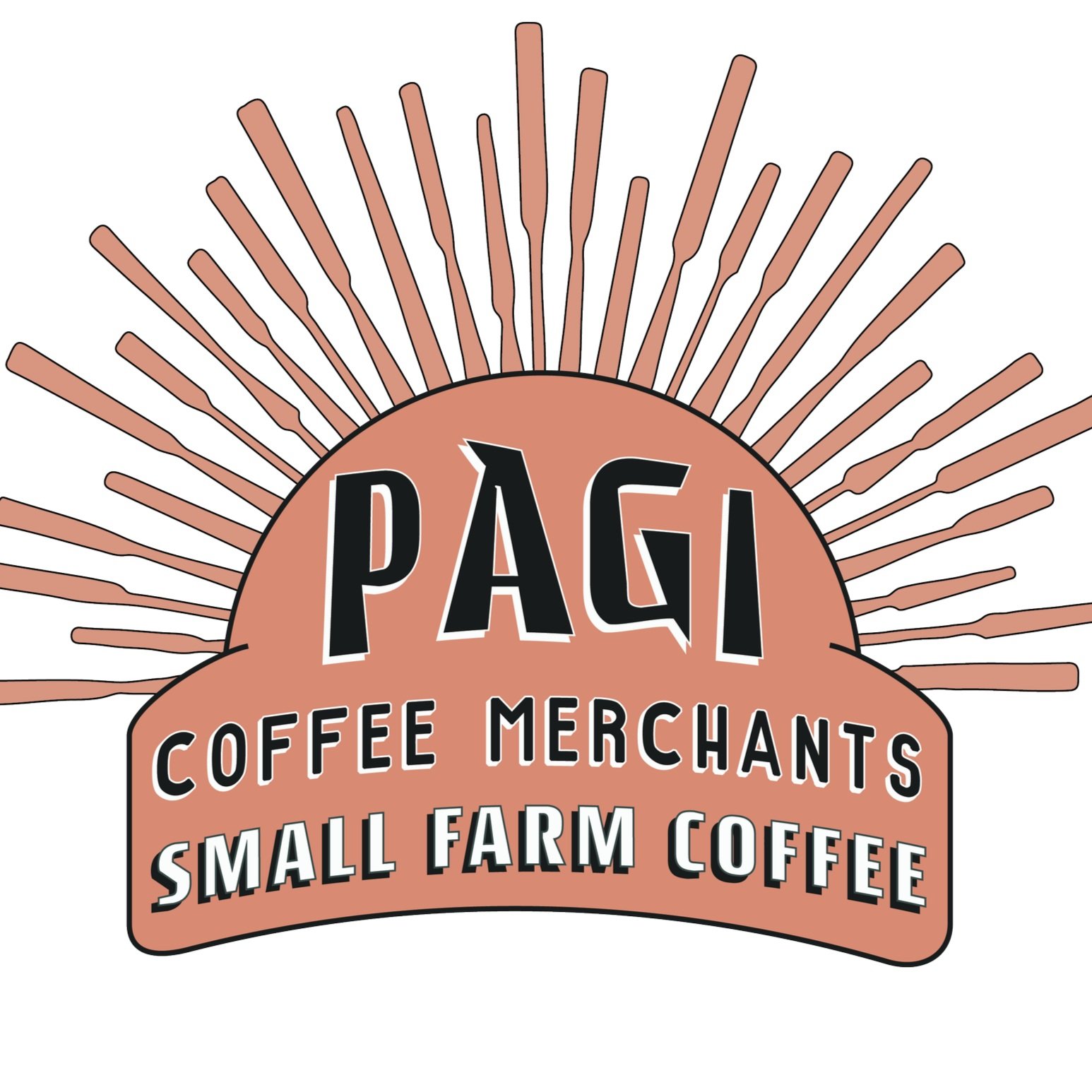Hong Hong Kong's Culinary Gems with Dim Sum at Tim Ho Wan
A six-hour layover in Hong Kong is not much but it does leave room for some novel experiences. On the 2nd floor of Hong Kong station we sit and eat fantastic Dim Sum at Tim Ho Wan, which has the distinction of being the least expensive Michelin star-winning restaurant in the world. The original is in Mongkok, but in less than 10 years, they’ve expanded to 45 restaurants, including one in New York. It is a great pleasure of Hong Kong that this food is so easily accessible and even if your layover is 3 hours, you’d probably still have time to go through customs, ride the train, fill up on world class Dim Sum and get back to the airport for your flight out. The Shrimp Shu Mai is stellar. To me, good shrimp Shu Mai fights back a little when you bite down. When its truly lovely, this pop is the entry into a flood of tightly packed taste. Highly recommended.
Having about an hour left to walk around downtown Hong Kong, we head to the back alleys around Wyndham and Hollywood Road a few blocks from the station. We are here to find a Dai Pai Dong (food stall) for a cup of Yuenyeung - Hong Kong Coffee.
The history of Yuenyeung is disputed in Hong Kong as it has only been around the area since the 1930’s. But in Malaysia, a Tarik (stretched) version of the drink called “Kopi Cham” is thought to be Dutch in origin and can be made with white tea or chamomile then pulled with sweetened condensed milk. I prefer the earthier HK version because it’s often made with full fat cream and Pu’er– the magical aged tea that can fetch astronomical prices depending on quality, process and region. A strong dose of Pu’er simulates Adderall and is prescribed by herbal doctors for focus - a perfect medicine for cleaning your entire house in one night. I’ve experimented with several versions of this recipe at Kopi and I think after this cup I have some ideas on how to approach the difficult balancing act.
Good Yuenyeung is well balanced with ratios generally at ¼ Coffee, ¼ Cream and ½ tea- but it always depends on the strength of the tea and coffee.
We also stopped by a really cute little third wave shop called Noc who served us a nice espresso blend that included a really floral Natural Process from Brazil. I’m pleased to see that the trend of incorporating Natural processed coffees in espresso is becoming common place in high end shops in Asia - it ups the difficulty level when dialing in a shot- but the complexities can take your pallet on a unique ride and alter expectations of what a shot of espresso “should” taste like.
Even with a short layover in Hong Kong, we can learn new techniques that change our perception and open our senses to different ways of experiencing coffee. This is why we do what we do at Kopi and this is why we are travelling to Jawa Timur. - X
